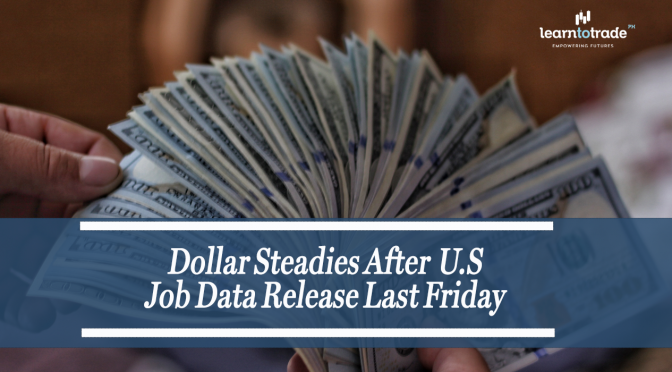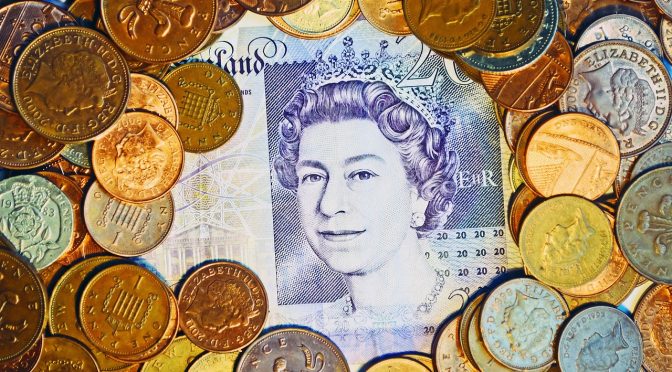-
7September, 2020

The Dollar was up monday morning but gains are yet to be seen due to the low volatility on holiday as there were lack of participants in the market. The US gains also capped by the US job data that was shown last Friday which shows job growth slowed further in August.
Although the U.S. Labour Department reports on Friday that employment growth has slowed and permanent job losses increased, the August data shows that the jobless rate fell to 8.4% from 10.2% in July.
In the immediate aftermath, the dollar hit its highest in a week at 93.242 against a basket of six major currencies on safe-haven buying, but later retraced its gains as U.S. stock indexes recovered.
The dollar index was little changed on Monday at 92.846. Foreign exchange trading was likely to experience little volatility as U.S. markets are closed for the Labor Day Holiday.
“The jobs data which showed a decline in the unemployment rate, and a rise in U.S. Treasury yields, are supporting the dollar today,” said Masafumi Yamamito, chief currency strategist at Mizuho Securities.
“However, what’s weighing on the currency is a huge drop in U.S. stocks (last week).”
The S&P500 fell 2.3% last week after five consecutive weeks of gains.
The outlook on the dollar also weakened after Federal Reserve Chairman Jerome Powell stated on Friday that the Central Bank plans to keep U.S. rates lower for longer.
“We think that the economy’s going to need low interest rates, which support economic activity, for an extended period of time… it will be measured in years,” Powell said.
Traders are now shifting their focus on the European Central Banks meeting on Thursday. Most analysts don’t expect a change in policy measures but they are more focused on the message the ECB will deliver on its forecasts on inflation.
The USD/JPY pair inched up 0.04% to 106.28. Japan is due to release a slew of economic data on Tuesday, which includes household spending, current account and gross domestic product figures.
The AUD/USD pair inched up 0.08% to 0.7285. Earlier in the day, Australian biotechnology company CSL (OTC: CSSLY) Ltd said that it would manufacture two COVID-19 vaccine candidates, one being developed by AstraZeneca (NYSE: AZN) and Oxford University upon the completion of successful trials and the other being developed by CSL alongside University of Queensland. Australia expects to have the first doses from both candidates within 2021.
The NZD/USD was down 0.21% to 0.6706.
The GBP/USD pair was down 0.32 to 1.3239, with increasing fears of a no-deal Brexit seeing the GBP fall from its highest level in almost a year. The impasse continues, with Britain’s insistence over full autonomy over its state aid plans increasing the risk.
TECHNICAL OUTLOOK
In the EUR/USD daily chart, we can see that the Dollar pulled back euro’s all-time high from 1.20 last week. Despite the negative outlook of the dollar in regards to the Federal Reserves dovish talks regarding inflation rates to stay for long, the dollar seems to strengthen.
On Monday morning, EUR/USD opened 1.183 and still further pushing euro down despite the lack of participants in the U.S. market in line with the Monday Labor Holiday.
Traders are now keeping their eyes on the European Central Banks meeting on Thursday for further inflation forecasts and things might turn around for the dollar. Dollar bulls are expecting gains for this week, but the upcoming ECB meeting poses a risk to hold their position for long.

Don’t forget to follow and subscribe for more updates about market trends, analysis, forex news, strategies and more!
Do you want to learn more about forex trading? Sign up now on our FREE forex webinar and reserve your FREE seats while it still lasts!
Risk Disclaimer:
Information on this page is solely for educational purposes only and is not in any way a recommendation to buy or sell certain assets. You should do your thorough research before investing in any type of asset. Learn to trade does not fully guarantee that this information is free from errors or misstatements. It also does not ensure that the information is completely timely. Investing in the Foreign Exchange Market involves a great deal of risk, resulting in the loss of a portion or your full investment. All risks, losses, and costs associated with investing, including total loss of principal and emotional distress, are your responsibility.
Don’t forget to follow and subscribe for more updates about market trends, analysis, forex news, strategies and more!









































By bsuper
| No Comments